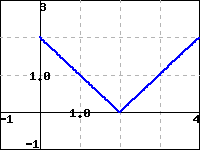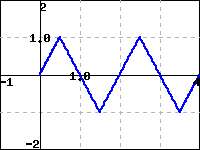1.
Which is a parametric equation for the curve \(64 = \left(x+8\right)^{2}+\left(y-6\right)^{2}\text{?}\)
- \(\displaystyle c(t) = \left(64\cos\!\left(t\right)-8,6+64\sin\!\left(t\right)\right)\)
- \(\displaystyle c(t) = \left(6+64\cos\!\left(t\right),64\sin\!\left(t\right)-8\right)\)
- \(\displaystyle c(t) = \left(6+8\cos\!\left(t\right),8\sin\!\left(t\right)-8\right)\)
- \(\displaystyle c(t) = \left(8\cos\!\left(t\right)-8,6+8\sin\!\left(t\right)\right)\)



